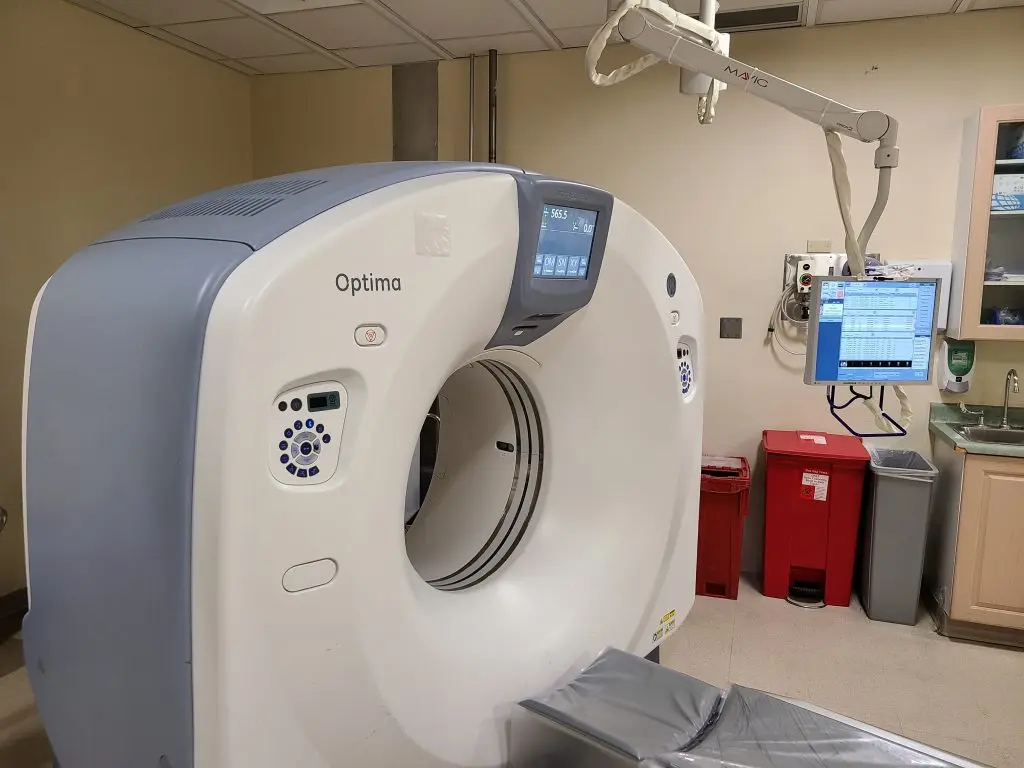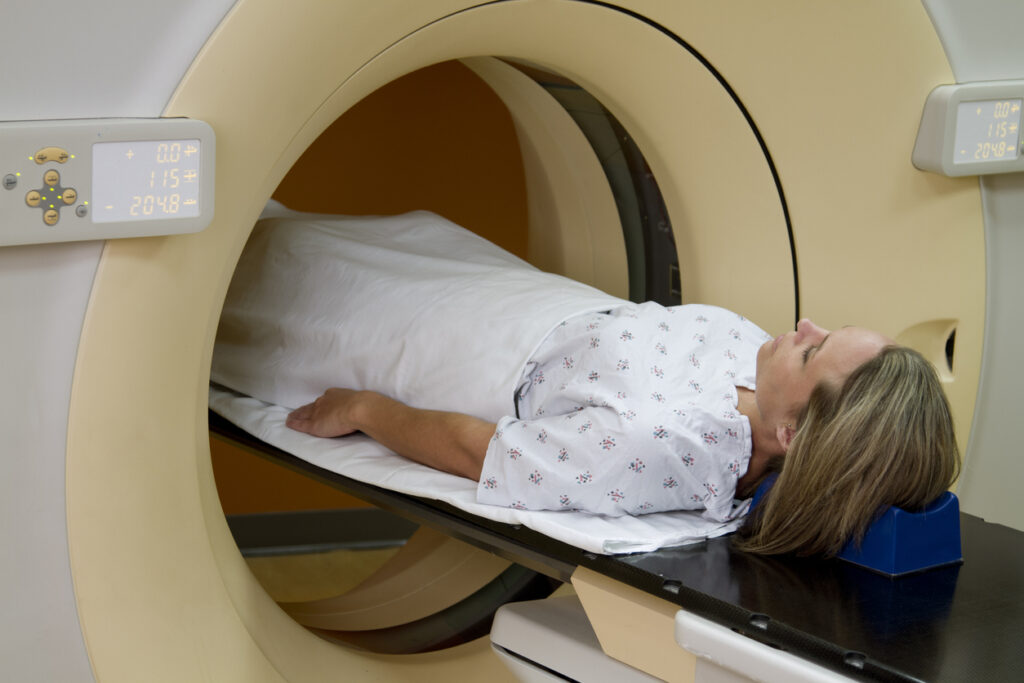Table of Contents
Breaking Down the Benefits of Radiation Therapy for Cancer Treatment
Intro
Radiation therapy Albuquerque has been used for many years as a treatment for cancer, and the benefits of this method of treatment have been well documented. Radiation therapy, also known as radiotherapy, works by using high doses of radiation to destroy cancer cells and reduce the size of tumours. This type of treatment is safe, effective, and can be used with minimal side effects. In this blog post, we will be taking a look at the benefits of radiation therapy for cancer treatment and how it can be used to effectively treat the disease.
Understanding Radiation Therapy for Cancer Treatment
Radiation therapy is a commonly used treatment for cancer, and it plays a crucial role in eradicating cancer cells and reducing tumor size. To fully comprehend the significance and effectiveness of radiation therapy in Albuquerque, it is essential to understand how this treatment works.
Radiation therapy involves the use of high doses of radiation to target and destroy cancer cells. The radiation damages the DNA within these cells, preventing them from multiplying and causing further harm. This treatment can be administered externally, where a machine called a linear accelerator delivers radiation to the affected area, or internally, where radioactive materials are placed directly into the tumor.
The effectiveness of radiation therapy in Albuquerque lies in its ability to specifically target cancer cells while minimizing damage to healthy tissues. This precision is achieved through careful planning, using imaging techniques to identify the exact location of the tumor. By delivering radiation directly to the tumor, radiation therapy can effectively kill cancer cells and shrink tumors.

How Radiation Targets Cancer Cells
Radiation therapy is an effective treatment for cancer because it specifically targets cancer cells while minimizing damage to healthy tissues. The radiation used in this therapy damages the DNA within cancer cells, preventing them from multiplying and causing further harm. This is achieved through careful planning and the use of imaging techniques to identify the exact location of the tumor.
There are two main methods of delivering radiation therapy: external beam radiation and internal radiation. In external beam radiation, a machine called a linear accelerator delivers high-energy radiation beams directly to the affected area. This allows for precise targeting of the tumor while sparing nearby healthy tissues.
Internal radiation, on the other hand, involves the placement of radioactive materials directly into the tumor. This allows for a more localize treatment, as the radiation source is in direct contact with the cancer cells.
The effectiveness of radiation therapy in targeting cancer cells lies in its ability to disrupt the DNA within these cells. By damaging their DNA, radiation prevents cancer cells from reproducing and ultimately leads to their death. This makes radiation therapy a powerful tool in shrinking tumors and treating cancer effectively.
In the next section, we will explore the different types of radiation therapy available for cancer treatment and how they are use in practice.
Different Types of Radiation Therapy
Radiation therapy for cancer treatment offers various types of treatments that can be tailor to the specific needs of each patient. The choice of radiation therapy depends on factors such as the type of cancer, its location, and the overall health of the patient. Here are some of the different types of radiation therapy commonly use:
1. External beam radiation therapy (EBRT): This is the most common type of radiation therapy, where a machine call a linear accelerator delivers high-energy radiation beams to the affect area from outside the body. EBRT is precise and effective in targeting cancer cells while minimizing damage to surrounding healthy tissues.
2. Brachytherapy: This type of radiation therapy involves placing a radiation source directly inside or near the tumor. The radiation is deliver through small implants or seeds that are temporarily or permanently place in the body. Brachytherapy allows for a highly localize and concentrate dose of radiation.
3. Stereotactic body radiation therapy (SBRT): SBRT delivers highly precise and intense doses of radiation to small tumors or areas with great accuracy. This type of therapy is often use for patients who are unable to undergo surgery or for tumors located in sensitive areas.
4. Proton therapy: Proton therapy uses protons, which are charge particles, instead of traditional X-rays. This type of therapy delivers a high dose of radiation directly to the tumor while reducing exposure to nearby healthy tissues, making it especially beneficial for pediatric cancers and tumors locate near critical organs.
5. Tomotherapy: Tomotherapy combines intensity-modulate radiation therapy (IMRT) with compute tomography (CT) imaging. This technology allows for precise and highly conformal radiation therapy, adapting to the shape and size of the tumor and reducing radiation exposure to healthy tissues. Read about troll crabs.
Side Effects and Risks of Radiation Therapy
Radiation therapy, like any other form of cancer treatment, can come with side effects and potential risks. While the benefits of radiation therapy are well-document, it’s important to be aware of the possible side effects and risks that may arise during and after treatment.
One of the most common side effects of radiation therapy is fatigue. Many patients experience a significant decrease in energy levels, which can affect their daily activities and overall quality of life. Additionally, radiation therapy can cause skin changes in the treat area, such as redness, itching, and dryness. These skin reactions typically improve over time but may persist for several weeks or months after treatment.
In some cases, radiation therapy may also cause damage to surrounding healthy tissues, leading to long-term side effects. For example, radiation to the chest area can increase the risk of heart and lung problems, while radiation to the abdomen can affect the digestive system. However, modern radiation techniques have significantly reduce the likelihood of these complications.
It’s important to note that the side effects and risks of radiation therapy vary from person to person and depend on various factors, such as the location of the tumor and the dose of radiation administer. Your healthcare team will closely monitor you during treatment and take appropriate measures to manage any side effects that may arise.
Overall, while radiation therapy may come with some side effects and risks, it is a highly effective treatment for cancer when use appropriately. The benefits often outweigh the potential drawbacks, and with advancements in technology and treatment techniques, the side effects and risks associate with radiation therapy are continually being minimize.

Combining Radiation with Other Cancer Treatments
Combining radiation therapy with other cancer treatments can enhance the overall effectiveness of treatment and improve patient outcomes. Radiation therapy is often use in combination with surgery and chemotherapy to provide a multi-modal approach to cancer treatment.
When radiation therapy is use before surgery, it can help shrink tumors and make them more operable. This is known as neoadjuvant therapy. By reducing the size of the tumor, radiation therapy can increase the chances of a successful surgical outcome and improve overall survival rates.
In some cases, radiation therapy is use after surgery, known as adjuvant therapy, to kill any remaining cancer cells and reduce the risk of recurrence. By targeting the area where the tumor was remove, radiation therapy can further reduce the likelihood of the cancer returning.
Radiation therapy can also be combine with chemotherapy, a systemic treatment that targets cancer cells throughout the body. This combination approach is particularly effective in treating certain types of cancers, such as head and neck cancers and lung cancers.
By combining radiation therapy with other cancer treatments, healthcare providers can tailor treatment plans to each individual patient, ensuring the best possible outcome. The decision to combine treatments will depend on factors such as the type and stage of cancer, the overall health of the patient, and the potential side effects and risks associate with each treatment modality.
Success Rates and Long-Term Effects of Radiation Therapy
Success rates and long-term effects of radiation therapy can vary depending on the type of cancer being treat, the stage of the cancer, and the overall health of the patient. In general, radiation therapy has been proven to be highly effective in treating a wide range of cancers and has led to significant improvements in patient outcomes.
For some types of cancer, radiation therapy can result in complete eradication of the cancer cells, leading to long-term remission or even a cure. In other cases, radiation therapy may not completely eliminate the cancer, but it can still significantly reduce the size of tumors and slow down the progression of the disease. This can greatly improve the patient’s quality of life and prolong their survival.
However, it’s important to note that radiation therapy can also have long-term effects on the body. While modern radiation techniques have significantly reduce the risk of complications, there is still a possibility of damage to surrounding healthy tissues. This can result in side effects that may appear months or even years after treatment, such as tissue fibrosis, organ dysfunction, or an increase risk of developing secondary cancers.

